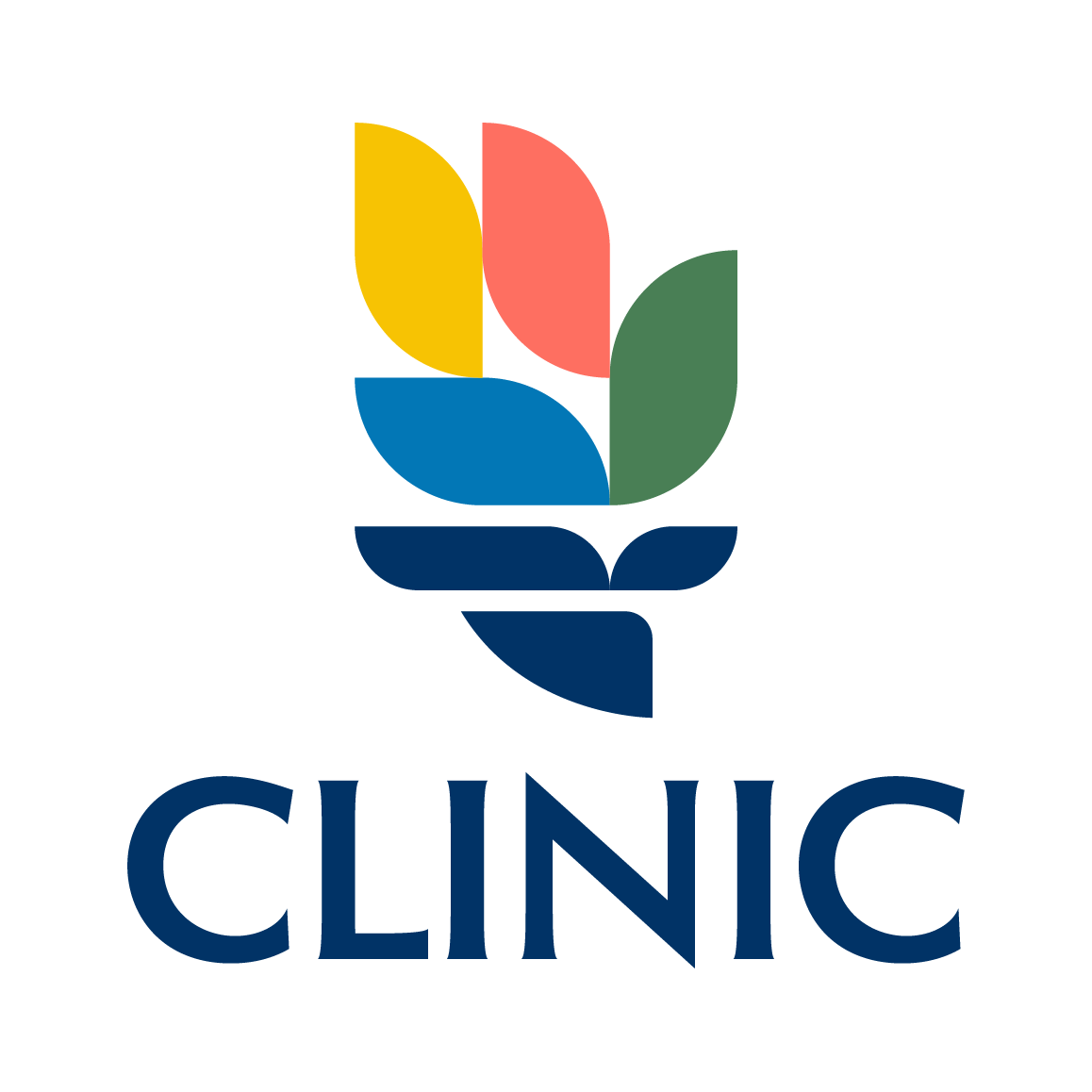One year at CLINIC’s BIA Pro Bono Appeals Project: Reflections on professional growth and working with vulnerable populations
Since 2001, the BIA Pro Bono Appeals Project, an initiative within CLINIC’s Defending Vulnerable Populations department, has matched immigrants with pro bono counsel to defend their cases before the Board of Immigration Appeals, or BIA. The majority of appeals reaching the BIA involve orders of removal and applications for relief from removal.
As a legal assistant for the project, I have multiple responsibilities: sending out consent forms, answering phone calls from detention centers, redacting briefs, drafting case summaries for the weekly newsletter, and assisting clients after they have obtained relief. There is one of my responsibilities, however, that has offered first-hand accounts on the conditions and needs of people in detention. For an entire year, I have been the one who has direct communication with the clients selected for the project. Their initial reactions after receiving the letter informing them of the opportunity to receive counsel is always one of astonishment, as the majority of our clients lack the financial resources to afford an attorney. Client phone calls and letters expressing profound gratitude and offering their blessings to CLINIC reflect such sentiments.
The circumstances and stories of men and women who are detained are diverse, but all have something in common: they want the opportunity of a better life and to be treated with dignity and respect throughout this process. I have learned that immigrants would not leave their families behind and risk their lives to come to the United States if their wellbeing and safety were not at risk. Parents flee because they want to protect their children from gang recruitment. People flee persecution from their own government. Others who are detained have legal status and have ties and roots in the United States. To serve as a liaison between client and attorney is a reminder that I am giving vulnerable populations an opportunity to seek relief and have their voices heard.
Being able to communicate fluently with many of our clients in their mother tongue, i.e., Spanish, helps lessen the language barrier that vulnerable communities encounter in their immigration proceedings. Most clients do not know what to do when their cases reach the BIA. In fact, some mention seeking help from fellow detainees, who are English speakers, to translate case-related documents. Every time I answer the phone, the first question they ask is if I speak Spanish. Immediately, when I say “si, hablo español,” the clients breathe a sigh of relief knowing that someone can finally understand them. For the most part, clients tell me their story and rely on me for assistance when communicating with their attorneys.
I am the enlace, or link, that creates the attorney-client relationship. In that relationship, one side is away from their homeland and family and, perhaps, locked in detention for the first time in their lives.
Earlier in 2019, I visited a detention center to gain an understanding of what my clients go through on an everyday basis. Stepping into a detention center was heartbreaking and depressing, to say the least. Walking through the hallways, visitors could see rooms filled with bunk beds, with adjacent toilets and showers. During the visit, some areas were off-limits due to a mumps outbreak.
When screening the detainees, some were afraid of telling anyone why there were there, and some aspects of their identity. There is a stark contrast between individuals who are detained and those who are not detained, as they wait to receive a decision from the BIA. Many immigrants in detention, who are facing removal, want to be with their loved ones to enjoy as much time as possible with them. Others choose detention if it keeps them from returning to home countries where they may be persecuted. At the end of the visit, I had the option to return home. The people I encountered behind closed walls did not.
The work CLINIC does to protect the rights of immigrants is important. As we continue to expand efforts to represent more immigrants in detention before the BIA, it is critical to honor the legal process and the lives of this vulnerable population.





